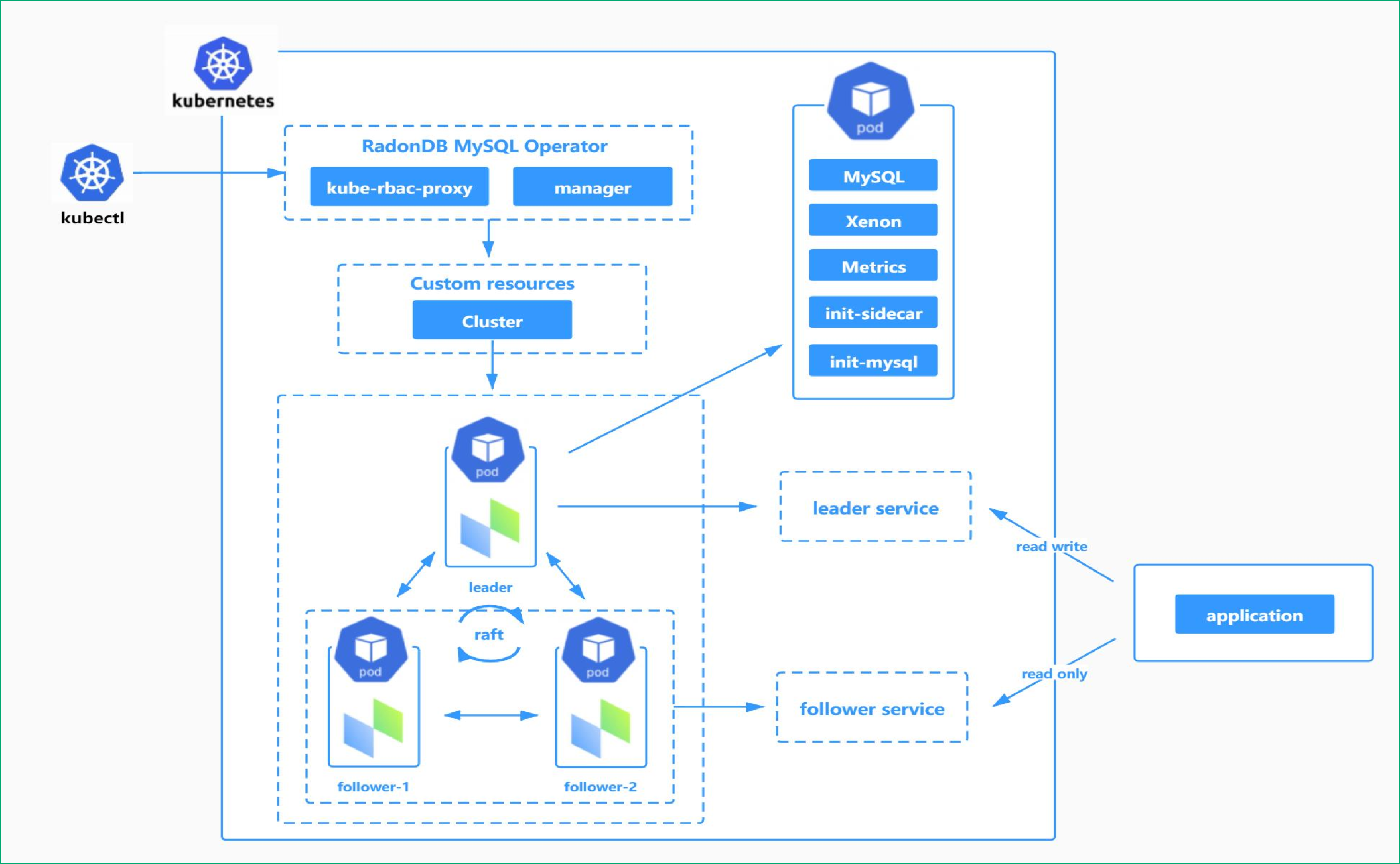Strong data consistency
Radondb MySQL adopts a primary and multiple secondary databases, and enables automatic split-brain protection.

Radondb MySQL adopts a primary and multiple secondary databases, and enables automatic split-brain protection.

Radondb MySQL adopts a primary and multiple secondary databases to meet various availability requirements.

You can set strategies for automatic backup, monitoring and alerting, and automatic scaling up.

CPU, memory and storage capacity of the database are expanded according to business needs.





 程润科 张莉梅
程润科 张莉梅 2022.05.10
2022.05.10
 程润科 钱芬
程润科 钱芬 2022.04.24
2022.04.24
 程润科
程润科 2022.03.24
2022.03.24本文将演示如何在 Kubernetes 上部署 RadonDB MySQL Kubernetes 2.1.2